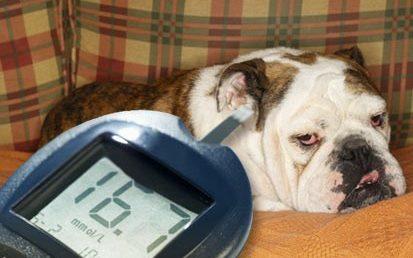
For some dogs, feeding ‘regular’ dog food is not the most appropriate option. Many will benefit from tailored or prescribed diets that best support their medical needs. Low fat dog foods are one of the most common types of tailored diets purchased in the UK today. Read on below to discover what they offer and why they are so popular among the canine population.
Which Dogs Benefit most from Low Fat Diets?
While low fat diets won’t be the best choice for all, they can benefit many dogs. We would consider a low fat diet for those who are over-weight, those who have gastrointestinal disorders such as Inflammatory Bowel Disease or those who are prone to pancreatitis.
Historically, low fat diets have often contained sub-par ingredients and low levels of protein. Pooch & Mutt have just launched a vet approved Low Fat wet dog food made from over 60% fish. With a very small percentage of fat (just 2% on a wet matter basis), this is a great option for those who have been advised to keep their dietary fat low.
When converted to dry matter basis, this equates to a fat content of just 9%. Keeping in mind that some commercial dry diets have up to 25% fat, it is clear that this is a very low fat option.
What exactly is Pancreatitis?
Pancreatitis is an inflammation of the pancreas which can cause severe abdominal pain. The purpose of the pancreas is to produce enzymes to assist in digestion. It also produces insulin, an important hormone when it comes to regulating blood sugar levels. Pancreatitis can occur in any dog, regardless of age or breed. However, it is more common in certain breeds including the Poodle, Miniature Schnauzer and Cocker Spaniel.
Causes
The exact cause is not fully understood. We do know, however, that fatty and greasy foods can trigger a bout of pancreatitis. Sometimes, certain medicines like corticosteroids can play a role too. It is likely that some dogs are genetically predisposed.
Symptoms
As pancreatitis can be acute (comes on suddenly) or chronic (grumbles on over several weeks) symptoms can vary. Possible signs to monitor for include:





